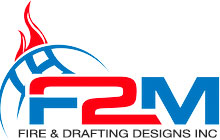Archive for February 2025
Emerging Trends in Fire Safety Technology and Their Implications for System Design

In this blog post, we will explore the latest trends in fire safety technology and discuss their implications for fire protection system design. Fire safety technology is continuously evolving, driven by advancements in science, engineering, and technology. These emerging trends are transforming how fire safety systems are designed, implemented, and managed.
Emerging Trends in Fire Safety Technology
Advanced Detection Systems
Smart Sensors
Smart sensors are revolutionizing fire detection by providing more accurate and timely alerts. Key features include:
- Ability to detect a range of fire indicators, including heat, smoke, and gases.
- Integration with building management systems for real-time monitoring and alerts.
- Reduction in false alarms, leading to more reliable fire response.
Multi-Criteria Detectors
Multi-criteria detectors combine multiple sensors to improve detection accuracy. Benefits include:
- Enhanced ability to distinguish between actual fires and non-threatening conditions.
- Improved response times by providing more detailed information about the fire.
- Integration with other building systems for a coordinated response.
Enhanced Suppression Technologies
Water Mist Systems
Water mist systems use fine droplets of water to suppress fires effectively. Advantages include:
- Efficient use of water, reducing water damage and consumption.
- Enhanced cooling effect, making them suitable for a variety of fire types.
- Safe for use around electrical equipment and sensitive areas.
Hybrid Fire Suppression Systems
Hybrid systems combine different suppression agents to provide comprehensive fire protection. Features include:
- Combining water mist with inert gases or foam for enhanced effectiveness.
- Tailored solutions for specific fire risks, such as data centers and industrial facilities.
- Improved adaptability to changing fire scenarios.
Integration with Smart Building Technology
IoT-Enabled Fire Safety Systems
The Internet of Things (IoT) is transforming fire safety by enabling interconnected devices and systems. Key benefits include:
- Real-time data collection and analysis for improved decision-making.
- Automated responses to fire incidents, such as shutting down HVAC systems and unlocking emergency exits.
- Remote monitoring and control of fire safety systems.
Building Management System Integration
Integrating fire safety systems with building management systems enhances overall safety and efficiency. Features include:
- Centralized control and monitoring of all building systems.
- Coordinated response to fire incidents, improving occupant safety.
- Energy efficiency improvements by optimizing system operations.
Eco-Friendly Fire Protection Solutions
Sustainable Materials
Using sustainable materials in fire protection systems helps reduce the environmental impact. Key considerations include:
- Choosing materials with a lower carbon footprint and longer lifespan.
- Utilizing recycled or recyclable components.
- Ensuring that materials do not release harmful substances during a fire.
Water and Energy Efficiency
Advancements in fire protection technology are focused on improving water and energy efficiency. Benefits include:
- Low-flow sprinkler heads that use less water while maintaining effectiveness.
- Energy-efficient fire pumps and control systems.
- Water recycling systems that reduce overall water consumption.
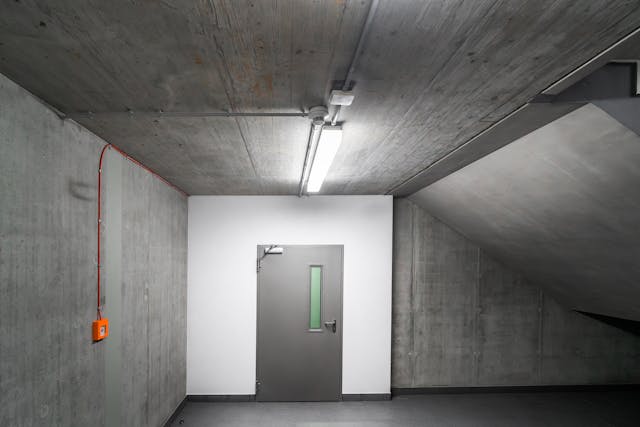
Implications for System Design
Customizable Solutions
The emergence of new technologies allows for more customizable fire protection solutions. Designers can now tailor systems to meet the specific needs of different environments. Benefits include:
- Enhanced protection for unique fire risks in various industries.
- Flexibility in system design to accommodate building-specific requirements.
- Improved scalability and adaptability to future changes.
Enhanced Reliability and Maintenance
Modern fire protection systems are designed with reliability and ease of maintenance in mind. Key advantages include:
- Reduced maintenance costs and downtime through advanced diagnostics and remote monitoring.
- Improved system reliability, ensuring optimal performance during emergencies.
- Proactive maintenance strategies enabled by real-time data and analytics.
Trends in Fire Safety Technology: Conclusion
The latest trends in fire safety technology are significantly enhancing the capabilities and effectiveness of fire protection systems. By embracing advanced detection systems, enhanced suppression technologies, integration with smart building technology, and eco-friendly solutions, fire protection system design is evolving to meet the demands of modern buildings and environments.
At F2M Fire & Drafting Designs Inc., we are at the forefront of these technological advancements, offering cutting-edge fire protection solutions tailored to your specific needs. Contact us today to learn how we can help you implement the latest fire safety technologies in your building.
F2M Fire & Drafting Designs Inc.
718-0928-3009
info@f2mfadds.com
Stay ahead of the curve with our expert fire protection system design and implementation services.
Fire Sprinkler Design & Maintenance Newsletter February 2025
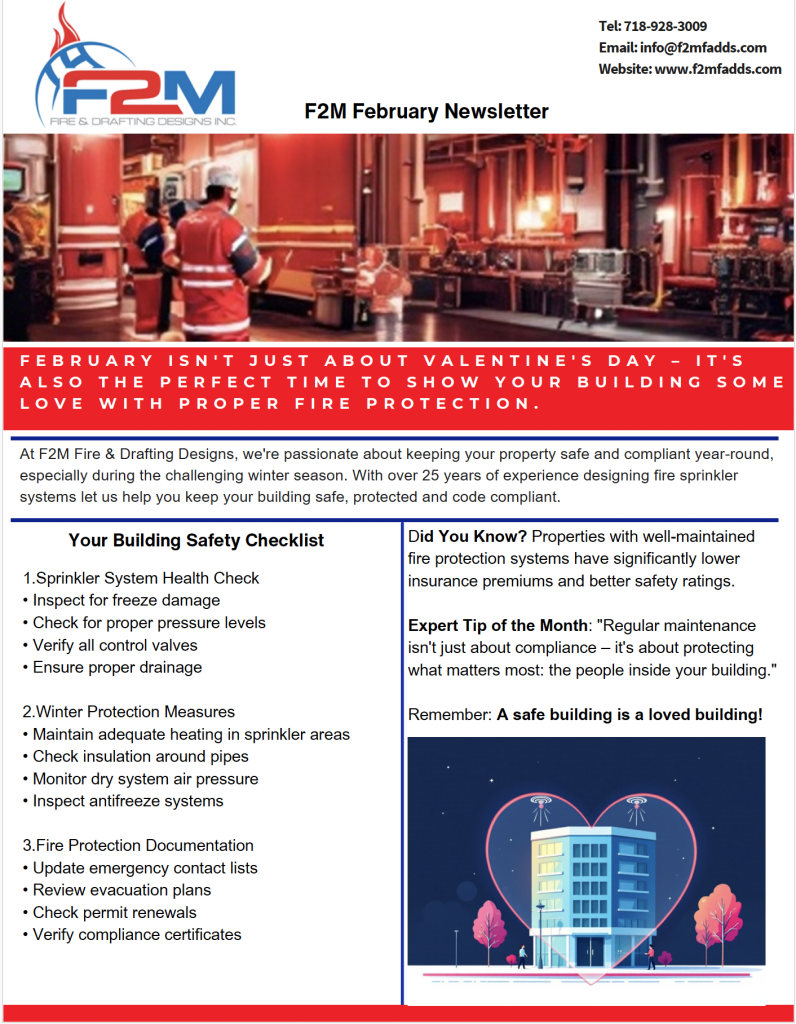
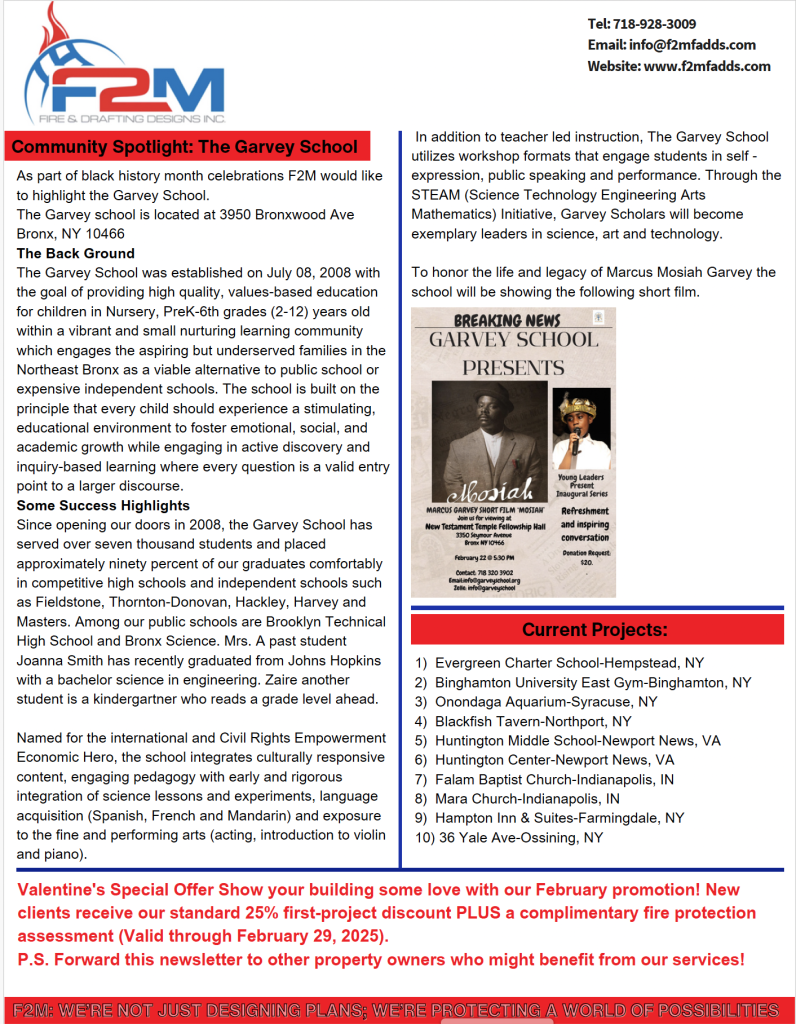
Download the PDF: F2M Fire Drafting Design February 2025 Newsletter
F2M Fire & Drafting Designs Inc.
31 South Street, Suite 3S-4
Mount Vernon, NY 10550
✆ (718) 928-3009
Email: info@f2mfadds.com
The Importance of Regular Fire Drills and Evacuation Planning
Regular fire drills and thorough evacuation planning are essential components of a comprehensive fire safety strategy. Ensuring the safety of occupants during a fire emergency requires more than just having fire suppression systems in place. In this blog post, we will discuss the importance of conducting regular fire drills and having a well-thought-out evacuation plan to ensure the safety of everyone in your building.

Benefits of Regular Fire Drills
Familiarization with Evacuation Routes
Regular fire drills help occupants become familiar with the designated evacuation routes and exits. Benefits include:
- Reducing confusion and panic during an actual fire emergency.
- Ensuring everyone knows the safest and quickest way to exit the building.
- Identifying any obstacles or issues with the evacuation routes.
Improving Response Times
Practicing fire drills helps improve the speed and efficiency of evacuations. Key advantages include:
- Reducing the time it takes for occupants to evacuate the building safely.
- Ensuring that everyone, including those with mobility challenges, can exit promptly.
- Allowing emergency response teams to refine their procedures and response times.
Testing Emergency Systems
Fire drills provide an opportunity to test and evaluate the functionality of emergency systems. Important aspects include:
- Ensuring that fire alarms and notification systems work correctly.
- Checking that emergency lighting and exit signs are operational.
- Verifying that fire doors and other safety features function as intended.
Key Elements of an Effective Evacuation Plan
Clear Evacuation Routes
A well-designed evacuation plan includes clearly marked evacuation routes. Key considerations include:
- Ensuring that routes are free of obstructions and easily accessible.
- Providing clear signage to guide occupants to the nearest exits.
- Designating primary and secondary evacuation routes in case of blockages.
Assembly Points
Designating safe assembly points outside the building is crucial for accounting for all occupants. Important factors include:
- Choosing assembly points that are a safe distance from the building.
- Ensuring that assembly points are easily accessible and not obstructed.
- Providing clear instructions on where occupants should go once they exit the building.
Roles and Responsibilities
An effective evacuation plan assigns specific roles and responsibilities to ensure an organized evacuation. Key roles include:
- Evacuation Coordinators: Individuals responsible for overseeing the evacuation and ensuring that all occupants are accounted for.
- Floor Wardens: Designated personnel on each floor to guide occupants to the exits and assist with evacuations.
- First Aid Responders: Trained individuals who can provide first aid to injured occupants.
Training and Education
Employee Training
Training employees on fire safety and evacuation procedures is essential for ensuring a safe and efficient response during an emergency. Training should cover:
- Recognizing the sound of the fire alarm and understanding its significance.
- Knowing the designated evacuation routes and assembly points.
- Understanding their roles and responsibilities during an evacuation.
Regular Fire Drills
Conducting regular fire drills reinforces the training and helps occupants become comfortable with the evacuation process. Best practices include:
- Scheduling fire drills at regular intervals to maintain preparedness.
- Evaluating the effectiveness of each drill and making necessary improvements.
- Incorporating feedback from employees to enhance the evacuation plan.
Compliance with Regulations
Meeting Safety Standards
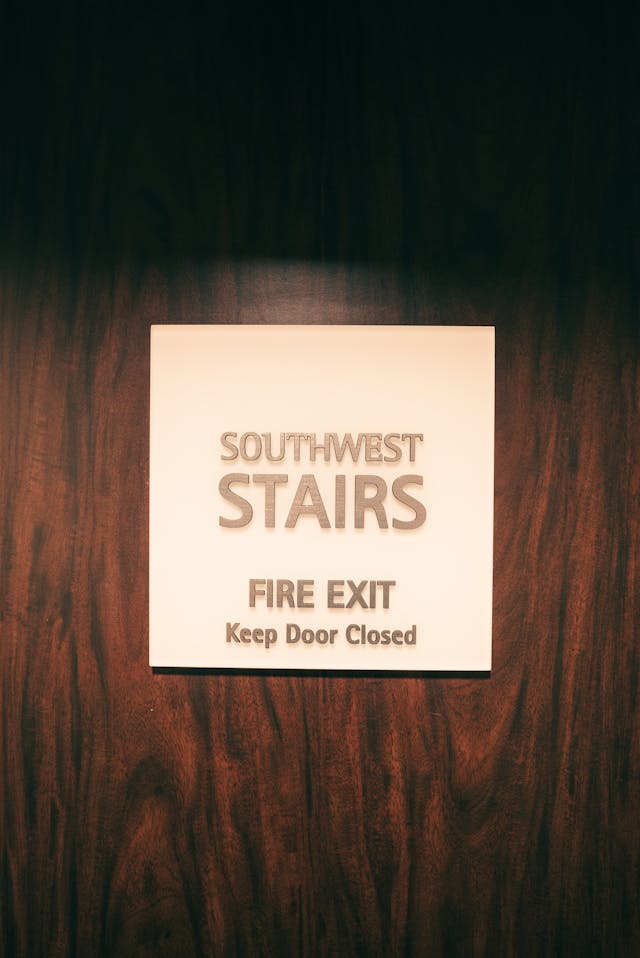 Regular fire drills and evacuation planning are often required by local fire safety codes and regulations. Compliance ensures:
Regular fire drills and evacuation planning are often required by local fire safety codes and regulations. Compliance ensures:
- Meeting legal requirements and avoiding fines or penalties.
- Ensuring that the building is prepared for a fire emergency.
- Providing peace of mind to occupants and building owners.
Documentation and Record Keeping
Maintaining records of fire drills and evacuation plans is essential for demonstrating compliance. Key steps include:
- Documenting the details of each fire drill, including the date, time, and any issues identified.
- Keeping records of employee training and education sessions.
- Ensuring that all documentation is easily accessible for regulatory inspections.
Fire Drills and Evacuation Planning: Conclusion
Regular fire drills and thorough evacuation planning are critical components of a comprehensive fire safety strategy. By ensuring that occupants are familiar with evacuation routes, improving response times, testing emergency systems, and complying with regulations, you can enhance the overall safety of your building.
At F2M Fire & Drafting Designs Inc., we specialize in helping businesses develop design fire sprinkler and emergency systems. Contact us today to schedule a consultation and ensure your building is prepared for any fire emergency.
F2M Fire & Drafting Designs Inc.
31 South Street, Suite 3S-4
Mount Vernon, NY 10550
718-928-3009
info@f2mfadds.com
